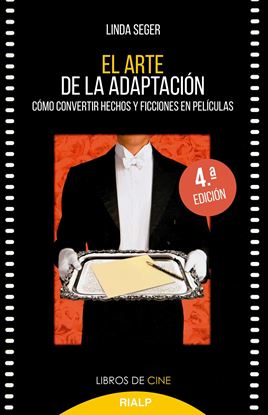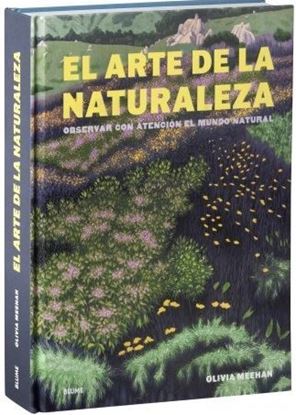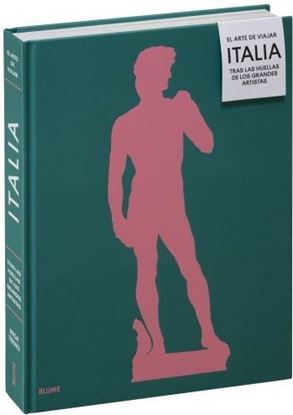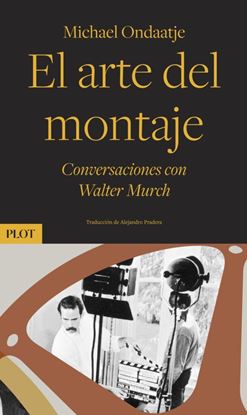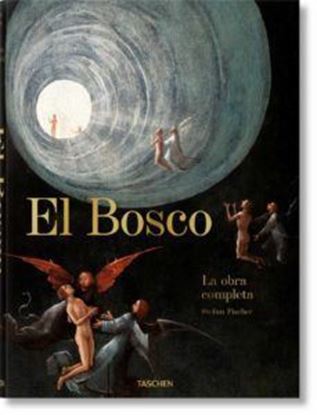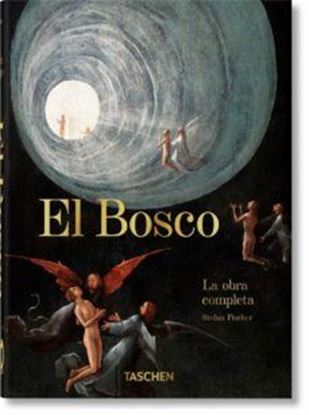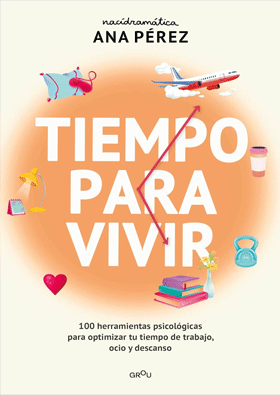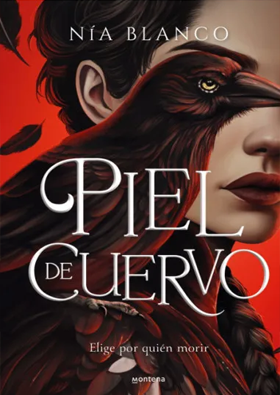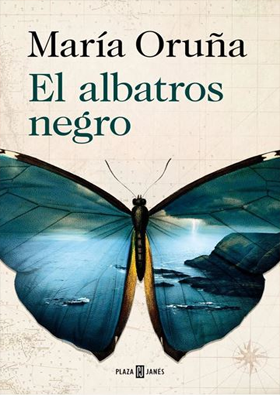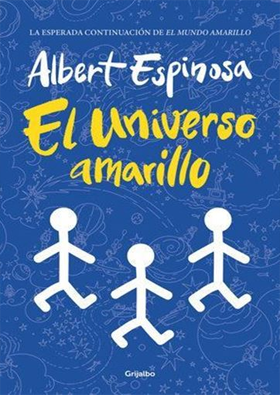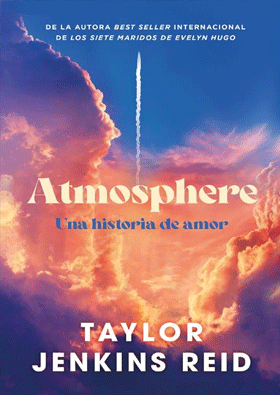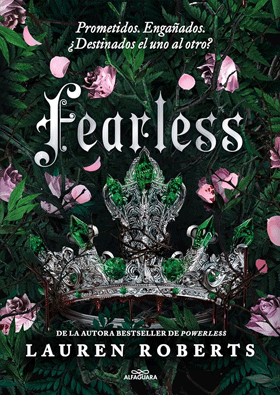

EL ARTE DE LA ADAPTACION
Linda Seger explica con claridad cómo adaptar al cine una novela, una obra de teatro o una historia real, y da solución a los problemas más comunes.
Las adaptaciones cinematográficas son, desde hace mucho tiempo, el principal soporte de la industria de Hollywood y de las cadenas de televisión norteamericanas. Además, la mayoría de las cintas que han ganado el Oscar a la mejor película han sido adaptaciones de novelas, obras de teatro o historias reales. Linda Seger, autora de varios libros ya clásicos sobre escritura de guiones, ofrece ahora un manual valioso y completo para guionistas, productores y realizadores que quieran adaptar obras y acontecimientos a la pantalla.
Junto a cómo analizar este material y evaluar su potencial como película, Seger proporciona un método práctico para trasladar al cine la historia, los personajes, los temas y el estilo. La última parte aborda también las cuestiones legales de toda adaptación, las posibilidades de opción sobre una obra y la protección de los derechos como guionista o productor.
1,500
1,125
EL ARTE DE LA NATURALEZA
La naturaleza nunca ha sido tan vibrante. Contemple la belleza y el poder del mundo natural, desde volcanes y mares tempestuosos hasta bosques resplandecientes y estrellas fugaces.
Esta observación guiada de la naturaleza ofrece una forma totalmente nueva de contemplar el mundo.
Un increíble compendio de la historia del mundo que nos rodea, contada a través de pinturas, dibujos, esculturas, textiles y artes decorativas.
2,800
2,100
EL ARTE DE VIAJAR. ITALIA
Un homenaje a los artistas más grandes del mundo y a las ciudades en las que vivieron y trabajaron.
Observe las vistas a través de sus ojos. Vea cómo cobran vida sus obras maestras.
Retroceda en el tiempo hasta el corazón de las grandes ciudades italianas, con los artistas más queridos del país como guías.
Conozca a Caravaggio callejeando por la Roma del siglo xvii. Diríjase a la Venecia del siglo xviii, donde Canaletto pinta postales de gran tamaño para los turistas, o a la Florencia medieval, donde encontrará a Giotto trabajando en la Cappella Bardi.
2,700
2,025
EL ARTE DEL MONTAJE
Una aproximación al arte del montaje tanto de sonido como de imagen, a la creación, la técnica y los secretos que rodean ambos oficios.
Michael Ondaatje y Walter Murch se conocieron en el rodaje de El paciente inglés. La película, basada en la novela homónima de Ondaatje ganadora del Premio Booker, consiguió nueve Oscar: el de mejor montaje y el de mejor sonido reconocían el talento de Murch.
La curiosidad del escritor le llevó a acercarse a Walter Murch, alguien que trabajaba con un lenguaje en principio muy distinto al suyo. Aquel encuentro derivó en una amistad a la que hoy debemos uno de los mejores libros sobre cine.
Se trata de una mirada única sobre el trabajo de directores como Francis Ford Coppola, George Lucas, Anthony Minghella, Philip Kaufman o Fred Zinneman pero, sobre todo, es una aproximación de la manos de un genio al arte del montaje tanto de sonido como de imagen. El interrogatorio de un gran amante del séptimo arte como Michael Ondaatje se convierte en una lección magistral de cine.
2,200
1,650
EL BOSCO. LA OBRA COMPLETA (FP) (E)
Un pájaro monstruoso que devora a los pecadores, cuerpos desnudos contorsionándose en posturas tántricas, un par de orejas blandiendo la hoja de un cuchillo: con tan solo 20 pinturas y 9 dibujos a su nombre, el visionario holandés Hieronymus Bosch (aprox. 1450-1516) se ha asegurado su lugar como pilar en la historia del arte. A día de hoy, el pintor por excelencia del infierno y sus demonios continúa sorprendiendo y cautivando a expertos en pintura, artistas, diseñadores y músicos por igual.
Esta monografía a gran escala, basada en la exitosa edición XXL para la que TASCHEN encargó nuevas y exclusivas fotografías de detalles y de las obras recientemente restauradas, presenta la obra completa del Bosco. Los textos de Stefan Fischer, historiador del arte y experto en su obra, analizan los numerosos elementos cautivadores que pueblan cada escena, desde los seres híbridos mitad hombre y mitad animal hasta el uso pictórico de refranes y modismos propio del artista. Este libro, que ofrece una exhaustiva panorámica de su inaprensible obra, revela por qué el Bosco y su pintura han sido inmensamente influyentes.Incluye:
Reproducciones impecables a toda página que ensalzan el asombroso potencial compositivo del artista
Detalles ampliados que desvelan las escenas más intrincadas e inquietantes, así como los pormenores técnicos más insospechados, desde las pinceladas sutiles al grano del lienzo
Un desplegable del legendario El juicio final
Un capítulo especial centrado en la obra más célebre del Bosco, el hipnotizante tríptico de El jardín de las delicias
4,200
3,150
EL BOSCO. LA OBRA COMPLETA. 40TH ED. (E)
Sólo veinte pinturas y ocho dibujos pueden atribuirse con toda seguridad al pintor flamenco Hieronymus Bosch, El Bosco (aprox. 1450-1516), pero gracias a sus visiones fantásticas se ha convertido en uno de los artistas de culto más relevantes de la historia. Transcurridos 500 años desde su muerte, sus obras siguen siendo motivo de inspiración para investigadores, artistas, diseñadores y músicos, nombres de grupos de death metal y vestidos de diseño.
Esta edición ofrece el universo inquietante de El Bosco al completo en un formato compacto. Con desplegables y una atención especial por los detalles, conocemos las facetas compositivas del artista y las creaciones más fascinantes e inquietantes salidas de su desbordante imaginación. Estas páginas reviven sus seres híbridos, sus escenas dantescas, su contexto religioso y moral, y sus versiones pictóricas de refranes y modismos. La sucesión de imágenes se complementa con los textos de Stefan Fischer, historiador del arte y experto en la figura de El Bosco, que desvela al lector los temas y las influencias más relevantes de estas obras de arte crípticas e hipnotizantes.
2,300
1,725


